Ben Valsler
This week, Brian Clegg takes us to the heart of the Mediterranean kitchen.
Brian Clegg
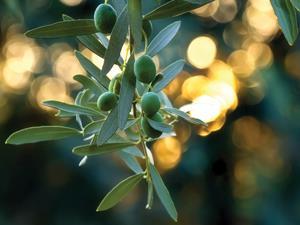
When it comes to cooking there are oils and there are oils – though some may extol the virtues of, say, sesame seed oil, most would acknowledge that the champion of the kitchen, with its associations with a healthy Mediterranean diet, is olive oil, pressed from fruit of the Olea europaea. That ‘Olea’ in the tree’s name emphasises the significance of the product – it’s the Latin for ‘oils’ – and links neatly to the subject of this podcast, oleic acid. This is the key component of most vegetable oils, and forms a higher percentage of olive oil than pretty much any other. Typically, around 80 per cent of a bottle of olive oil will be oleic acid.
However, things are not as simple as they seem – something that becomes obvious when we consider that odd label given to some olive oils: extra virgin. To be virgin, the oil can only be extracted mechanically – by press or centrifuge – without any chemical treatment. But to be extra virgin, there is the additional requirement that no more 0.8 percent of the olive oil is oleic acid. Confused? We need to get to know oleic acid better, and specifically its triglyceride.
Oleic acid is a fatty acid – an organic acid with a long chain of 17 carbon atoms before ending in a carboxyl group. One of the reasons that olive oil tends to be regarded as relatively healthy is that this is an unsaturated fatty acid – there are one or more double bonds between the carbons in the chain. In oleic acid there is just one double bond, making it monounsaturated. Specifically, it is an omega-9 fatty acid, indicating that the double bond is positioned at the ninth carbon atom from the opposite end of the chain to the carboxyl group.
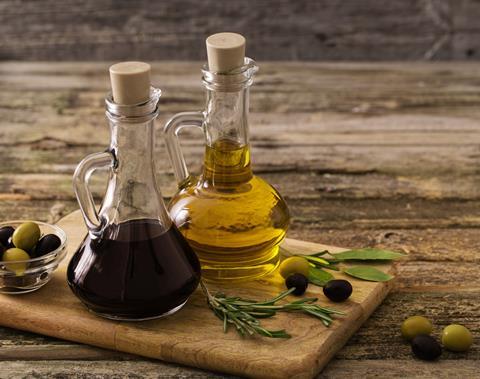
Unsaturated fats are thought to be slightly healthier than the saturated fats more common from meats, though polyunsaturates are generally thought better in this regard. But almost all of the oleic acid in oils is in a form known as a triglyceride (this is what makes it a fat, rather than an acid). In fact, if more than a few per cent of the free acid is present, the olive oil takes on an unpleasant rancidity.
As the name suggests, a triglyceride links three fatty acids together with a glycerol molecule. The three fatty acids are often different ones, and olive oil is likely to incorporate both linoleic acid (which is nearly identical, but has an additional double bond) and the saturated palmitic acid. Nonetheless, it is oleic acid that dominates in olive oil.
Although the oily triglyceride is the most common form in which we encounter oleic acid, it also turns up in similarly linked compounds with cholesterol and alcohol and as part of the structure of some cell membranes. Triglycerides containing oleic acid are also common in adipose tissue, the fat stores used by many animals, including humans.
Although oleic acid appears to be relatively beneficial, it has a Mr Hyde to its Dr Jekyll in elaidic acid. This has exactly the same chemical formula, but is oleic acid’s stereoisomer, meaning that the structure is twisted, changing oleic acid from a ‘cis’ to a ‘trans’ fatty acid. Trans fats based on elaidic acid are found in some processed foods and are thought to have a higher risk of causing heart disease than cis fats.
Outside of food (and our bodies) we are most likely to come across oleic acid (or, more likely, its salts) in soaps, detergents, printing inks and cosmetics. Perhaps its most bizarre use, though, is in the construction of stained-glass windows. In traditional stained glass, the pieces of coloured glass are held together by strips of lead, known rather confusingly as ‘cames’. Here, oleic acid is sometimes used as a flux to ensure clean soldered joints.

Although few of us would consider olive oil the ideal substance to spread on our hair, nonetheless, oleic acid may be responsible for that common irritation, dandruff. Unfortunately, it’s not enough to keep away from olive oil-based hair products: a fungus found on the skin known as Malassezia globosa (named after the French scientist Louis-Charles Malassez) feeds on sebum – the oil produced by hair follicles, breaking down the triglycerides to produce oleic acid. While the causes of dandruff and the associated skin inflammation seborrheic dermatitis are not fully understood, it seems likely that oleic acid is at least in part responsible.
Aside from dandruff, oleic acid’s role in our life is generally positive. We might not be enthusiastic about building up too much adipose fat – but having some of this energy store does have an important functional role, while olive oil is likely to enhance our cooking or give that extra zest alongside balsamic vinegar when dipping bread. Neither ‘fat’ nor ‘acid’ sound particularly appetising – but in this case, the combo is delicious.
Ben Valsler
That was Brian Clegg with oleic acid. Next week, Katrina Krämer takes on a persistent quack therapy that makes some miraculous claims.
Katrina Krämer
Despite years of warning by chemical safety authorities and real scientists, chlorine dioxide still has an almost cult-like following of parents trying to ‘cure’ their children of autism.
Ben Valsler
Join Katrina next time. Until then, get in touch with any questions, comments or compounds for us to cover. Email chemistryworld@rsc.org or tweet @chemistryworld. And find all of our podcasts at chemistryworld.com/podcasts – you’ll also find links there to subscribe through your preferred podcast app. I’m Ben Valsler, thanks for joining me.
Additional information
Theme: Opifex by Isaac Joel, via Soundstripe
Additional music: Morocco in my head by Fantoms, via Soundstripe

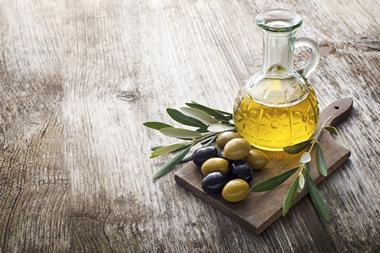





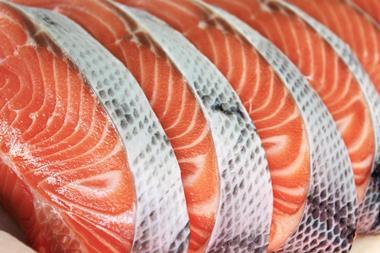
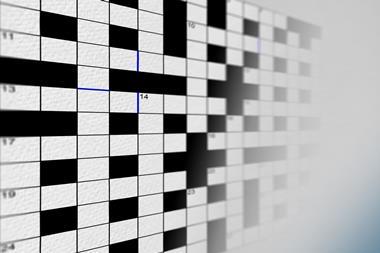
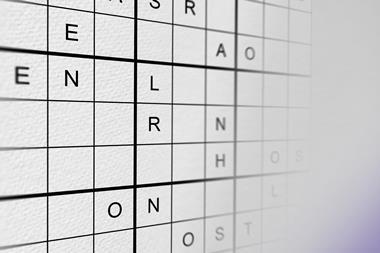
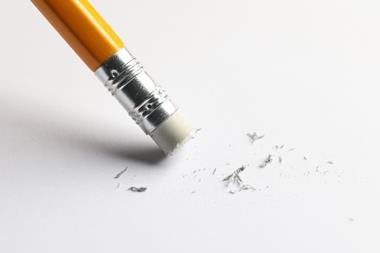



No comments yet